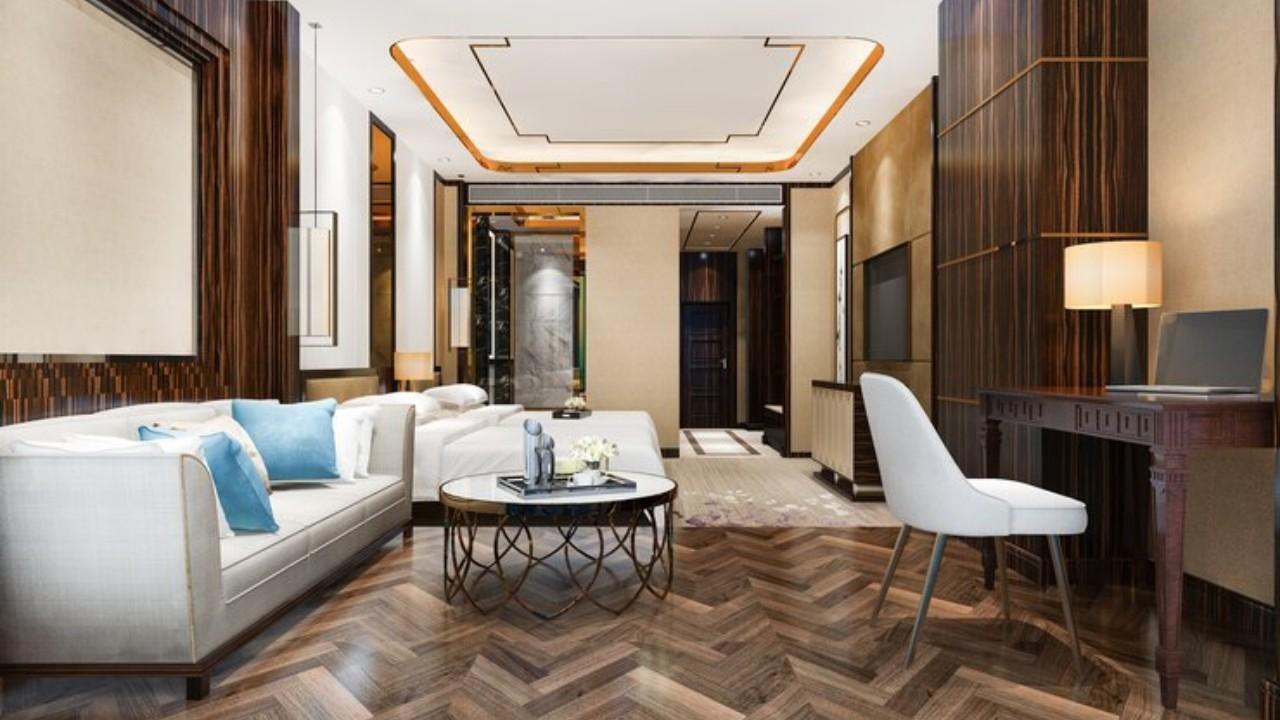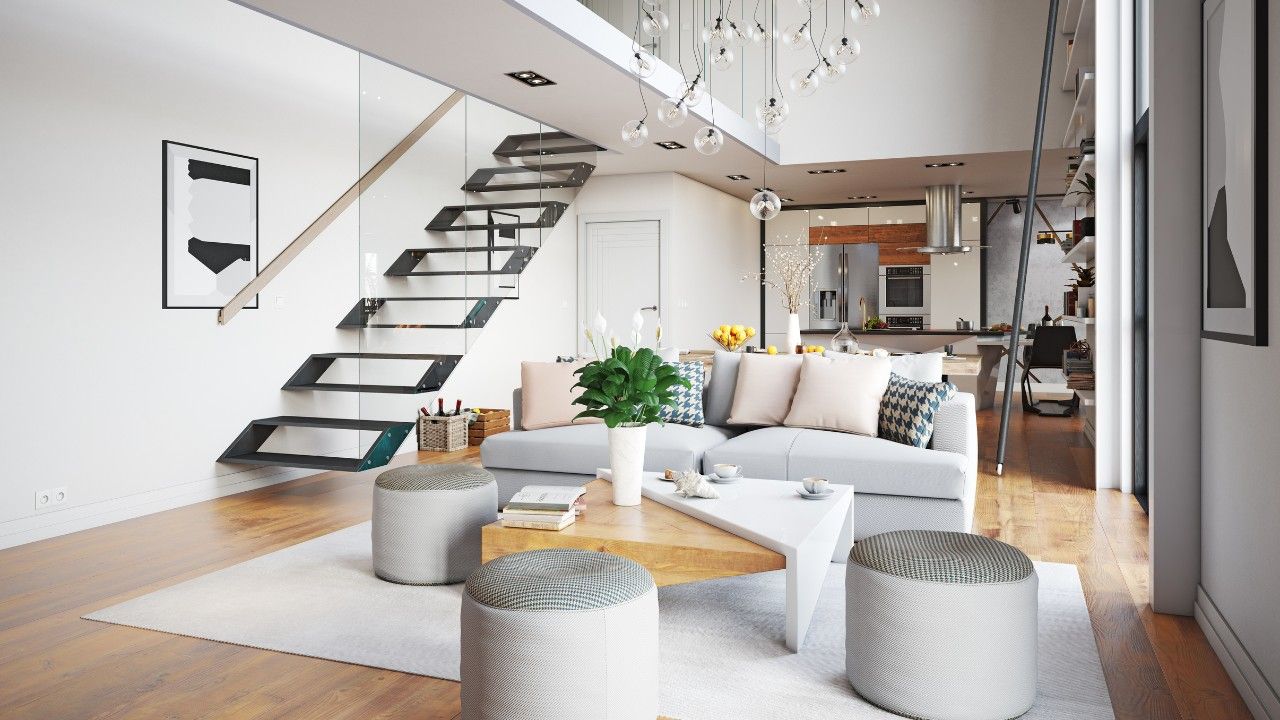Why Some Homes Feel Cozy While Others Don’t – The Architecture Behind It
.jpg)
Have you ever walked right into a house and right away felt at home, comfortable, and secure? And then visited every other place that simply felt cold or empty—even though it turned out beautiful? That’s not pretty much furniture or decoration. A big part of what makes a home feel relaxed comes from architecture and layout.
In this blog, we’ll provide an explanation for why a few homes feel cozy while others don’t, and the way architectural layout performs a large position in creating that warm, welcoming feeling.
What makes a home feel cozy?
A secure home is one in which you feel relaxed. It feels warm, safe, and peaceful. However, this sense doesn’t come simply from soft blankets or scented candles. It starts with how the home is designed—the distance, lighting fixtures, ceiling height, and even where the home windows are placed.
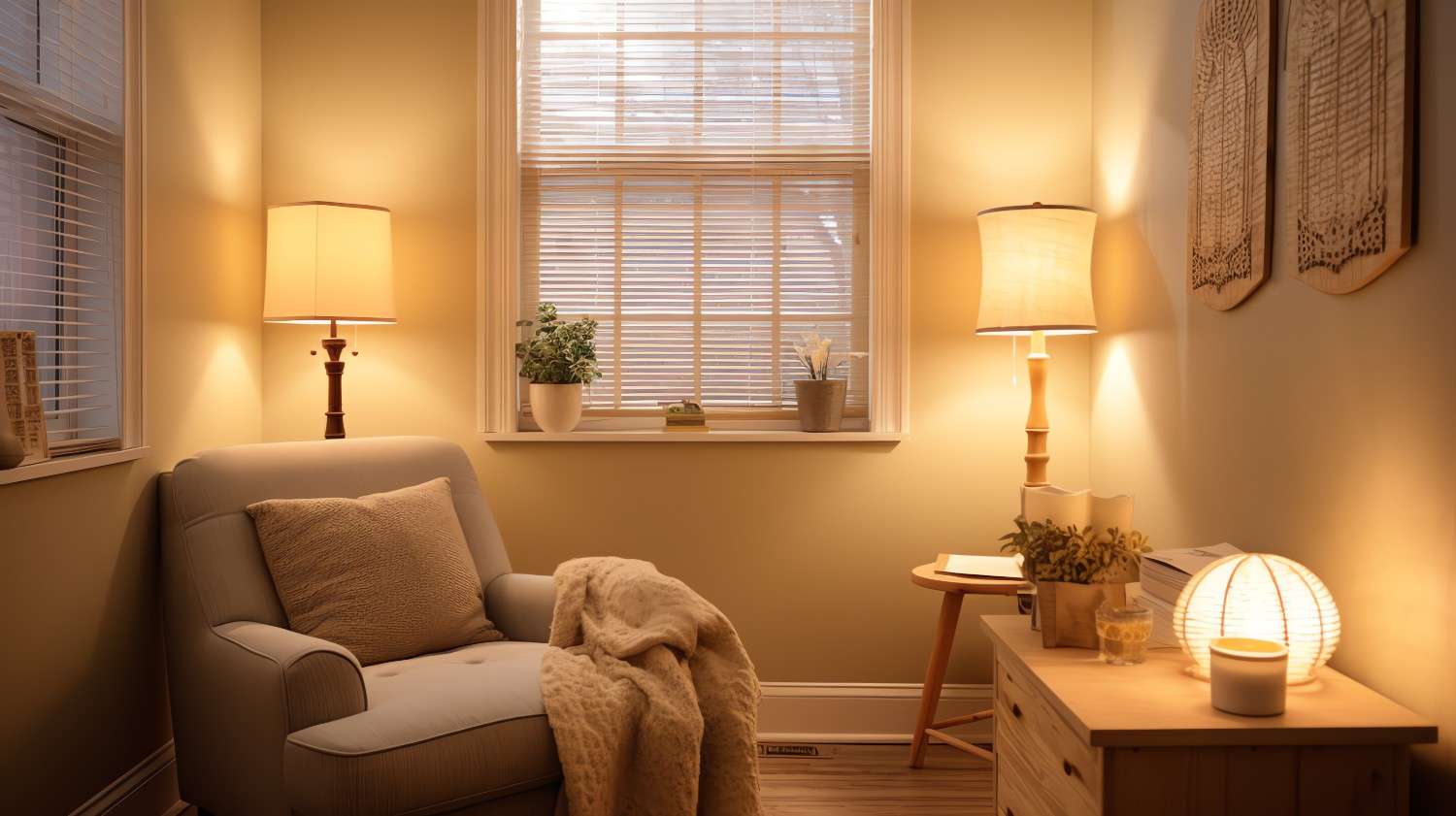
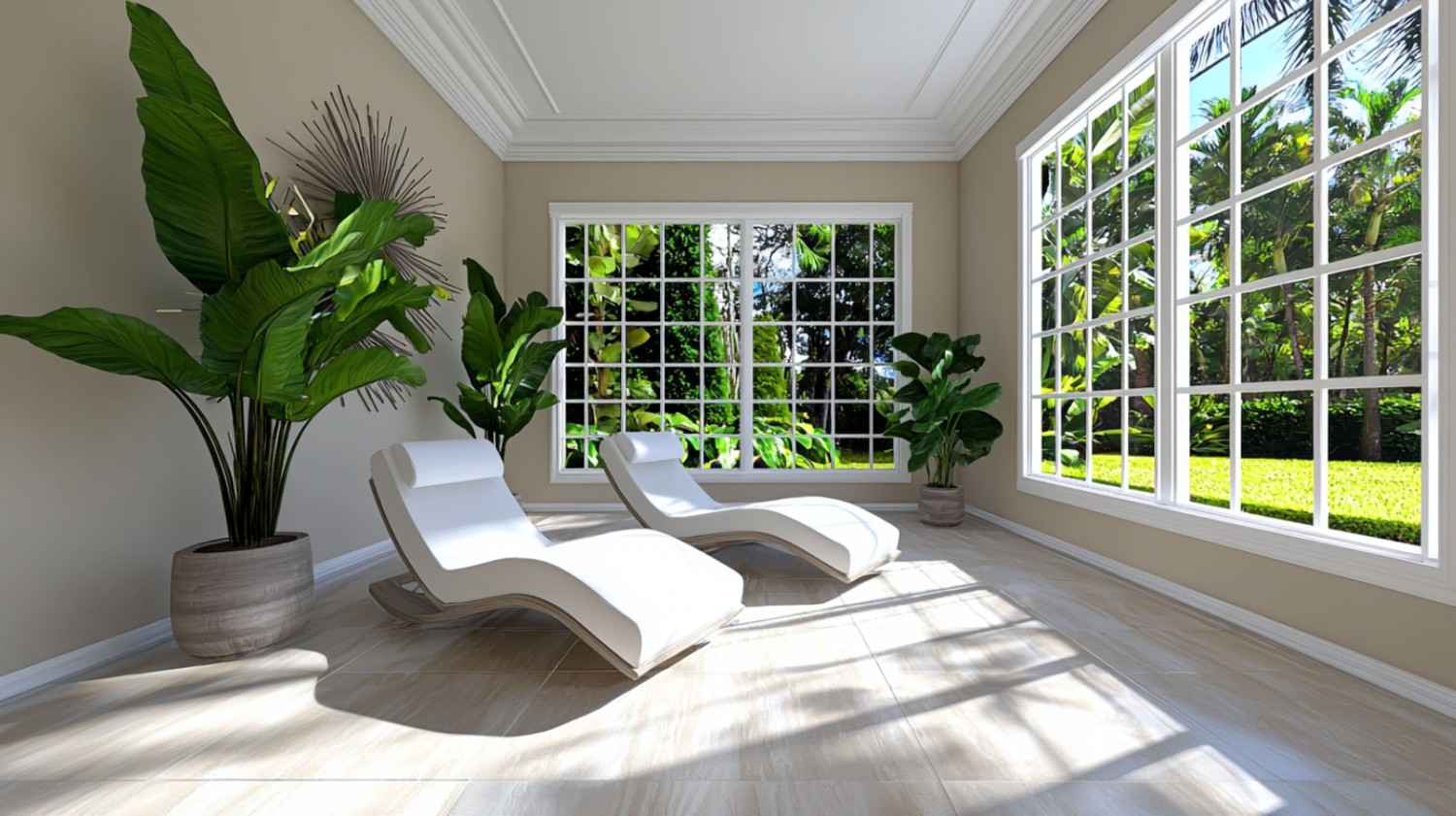
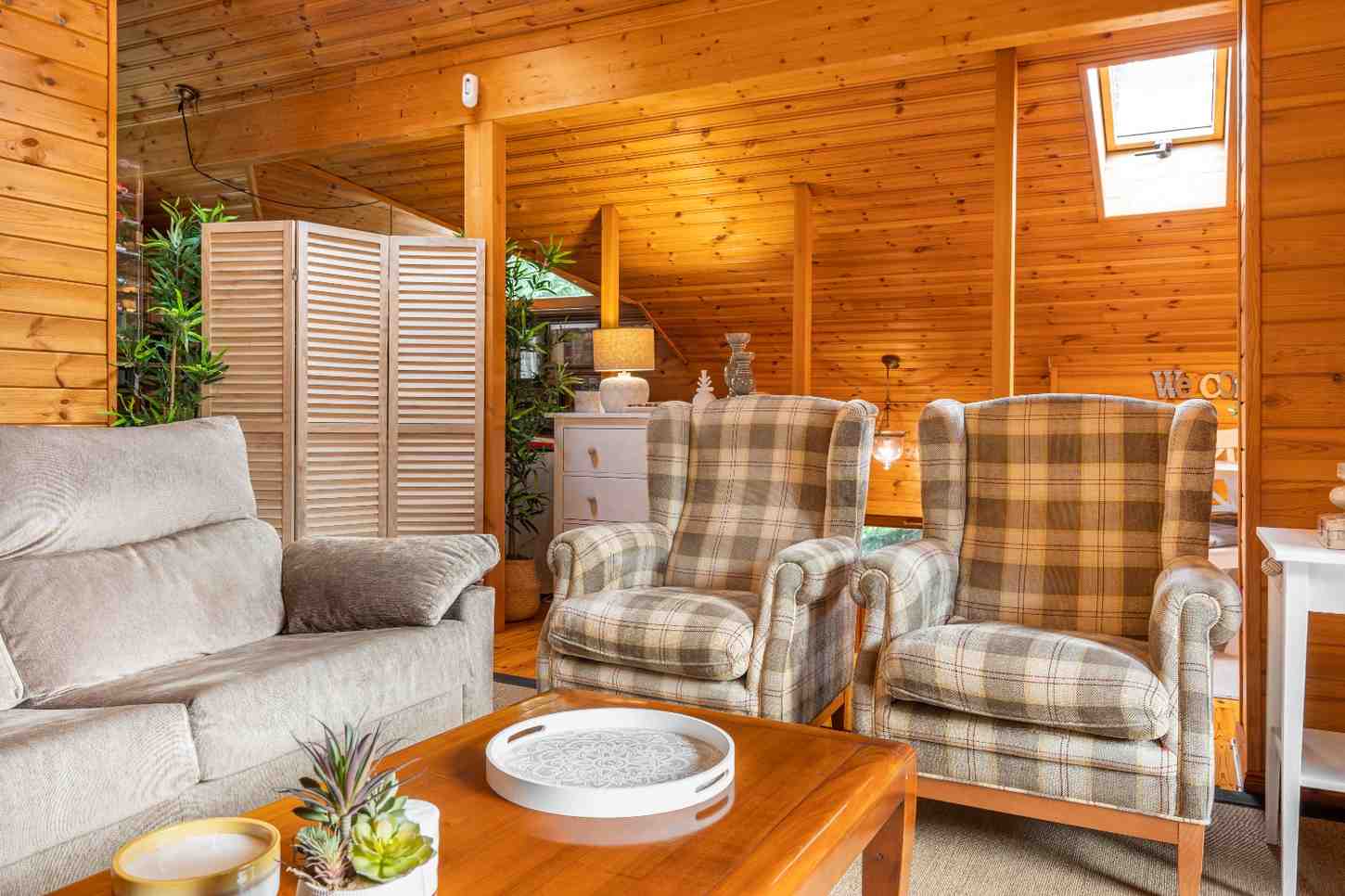
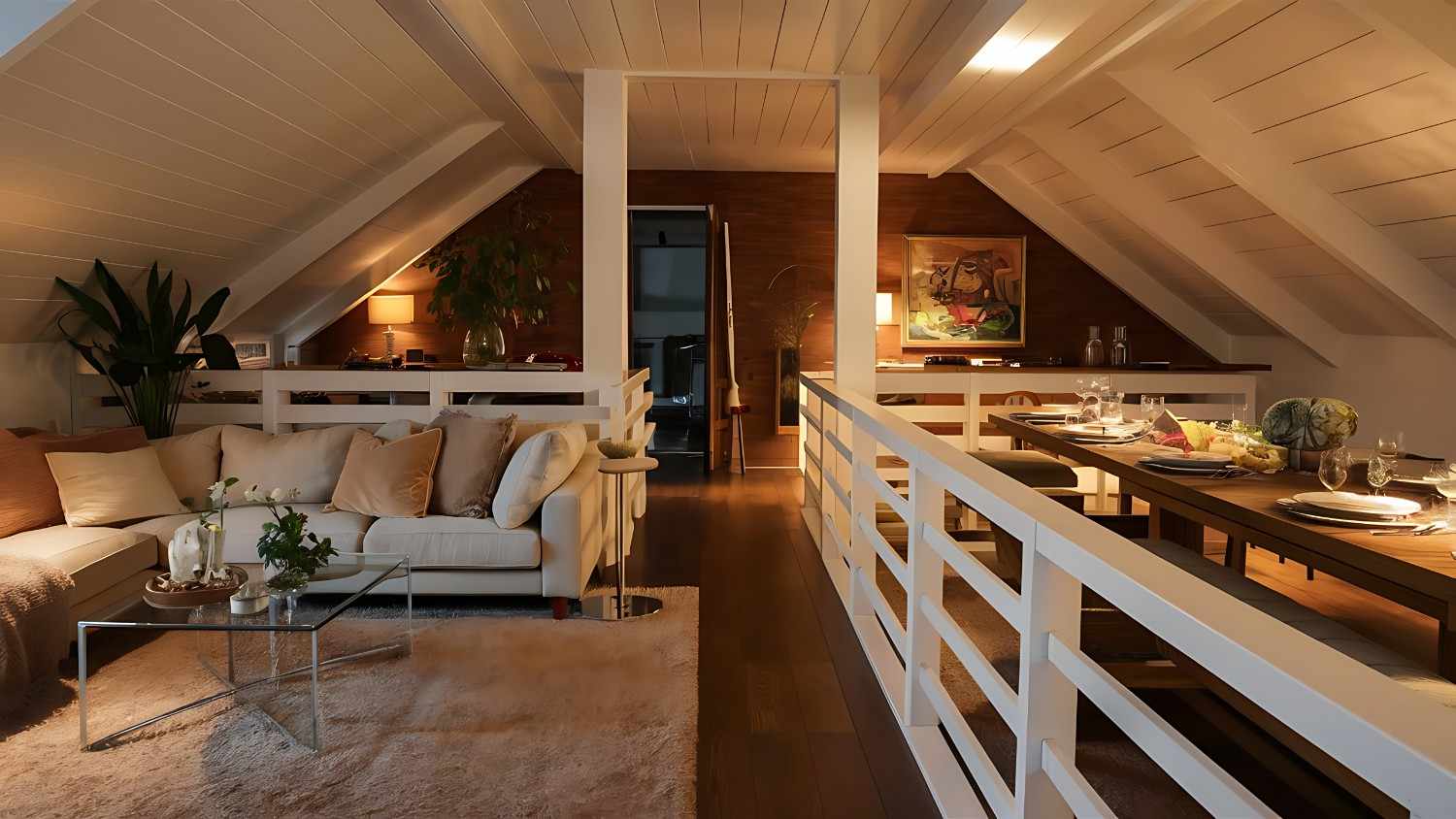
1. Room Size and Layout Matters
Open floor plans are popular today, but too much open area can make a home feel empty. Cozy houses usually have nicely described spaces where each room feels like it has a reason.
Try This :
- Create small, secure, comfortable areas for reading, relaxing, or eating.
- Use walls, rugs, or furniture placement to separate open areas.
Architecte s regularly design relaxed homes with zoned layouts, in which spaces obviously guide people to relax and connect.
2. Natural Light Provides Warmth
A home that gets good natural light always feels extra inviting. Large windows, skylights, or maybe a sunroom can brighten up a space and make it feel extra alive.
Try This:
- Choose window placements that bring in morning or afternoon sun.
- Avoid blocking windows with heavy curtains or furnishings.
Many cozy homes have windows that frame outdoor views, which brings nature inside and makes humans experience calm.
3. Use of Materials and Textures
Architects use natural materials like wood, stone, and brick to add warmth to a home. Those materials are more secure than plain concrete or metal.
Try This:
- Use wooden beams, textured walls, or exposed brick for cozy vibes.
- Mix soft and hard textures—like combining rugs with wood flooring.
Those architectural details give your home character and make it feel more “lived in”.
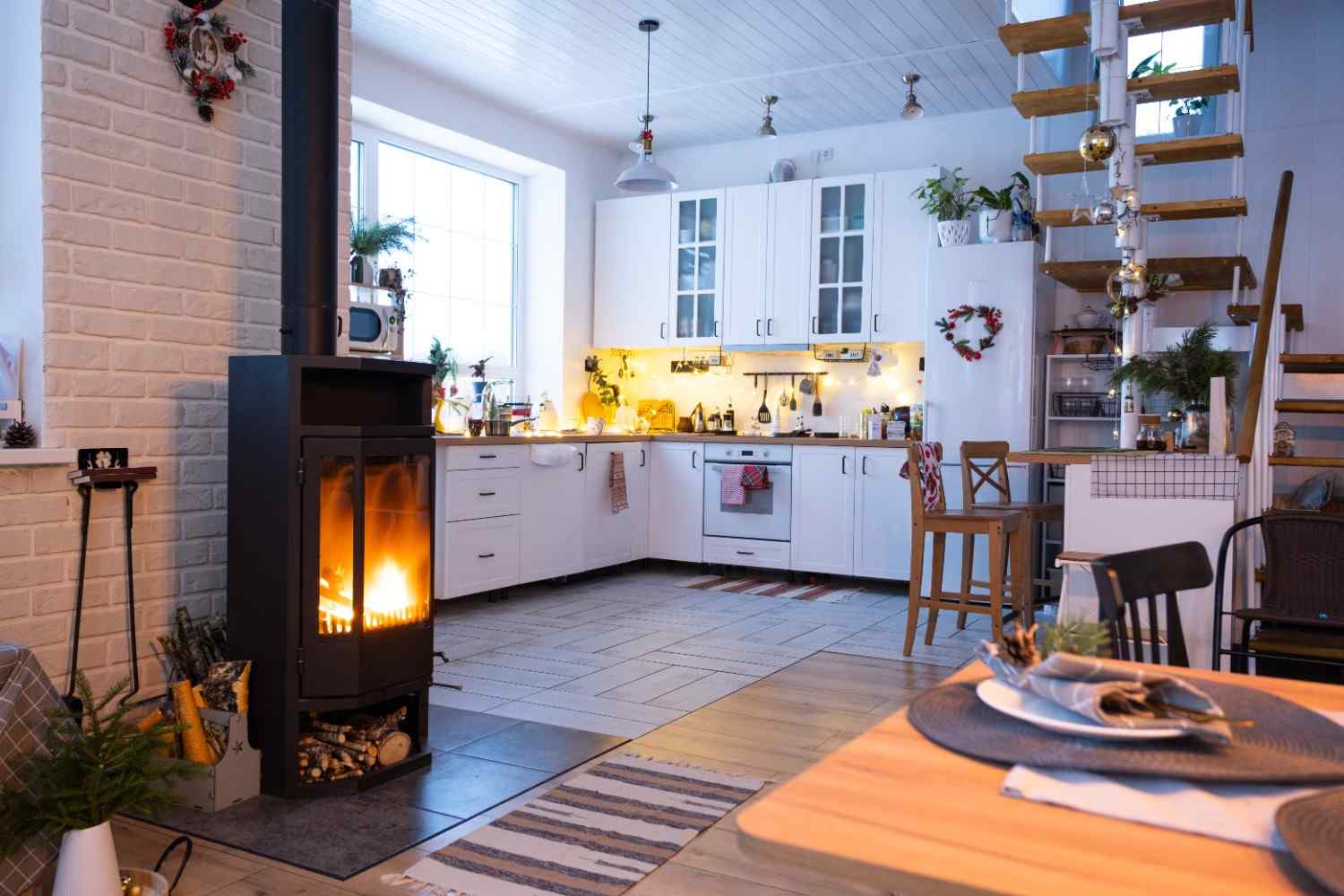
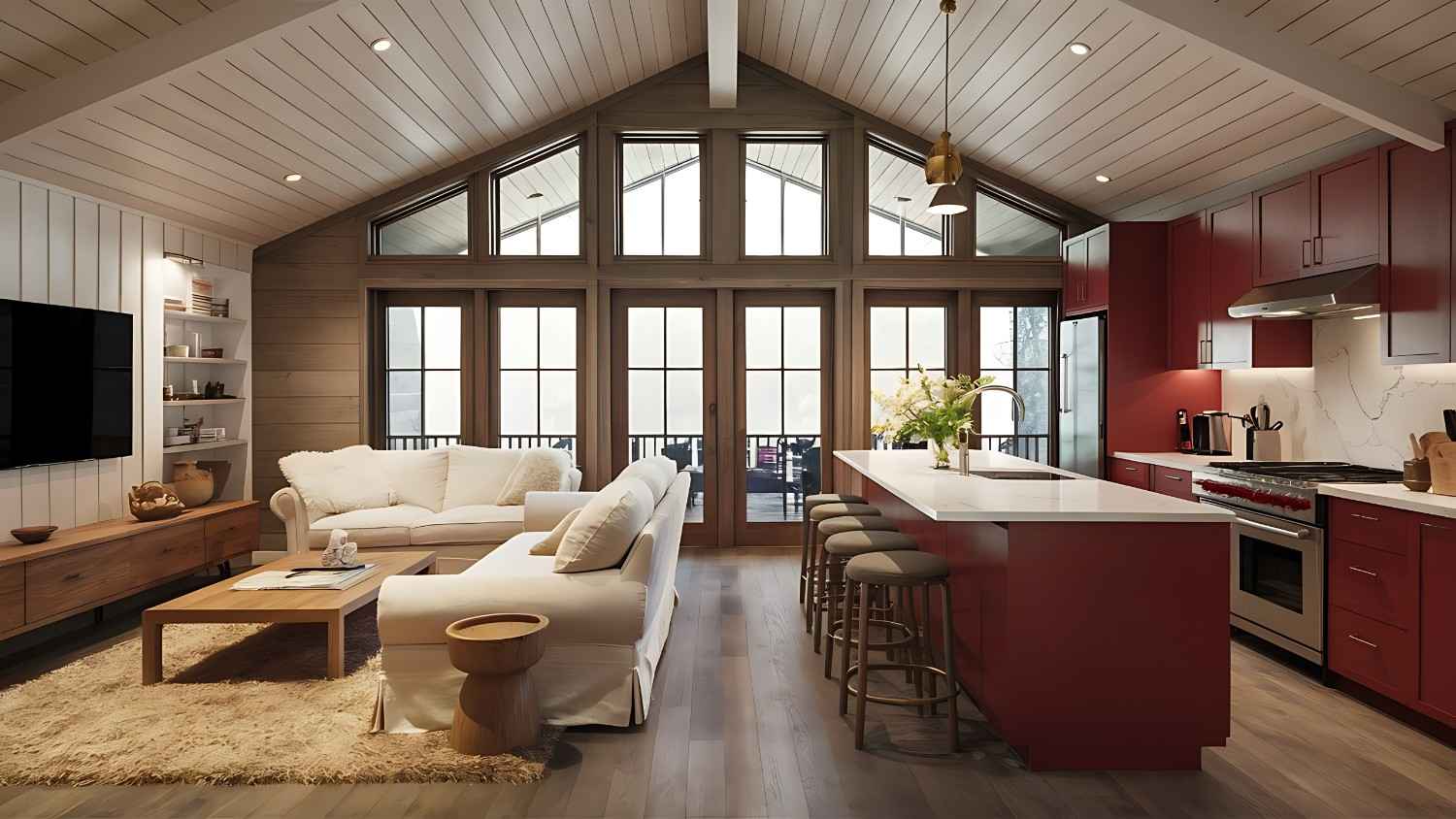
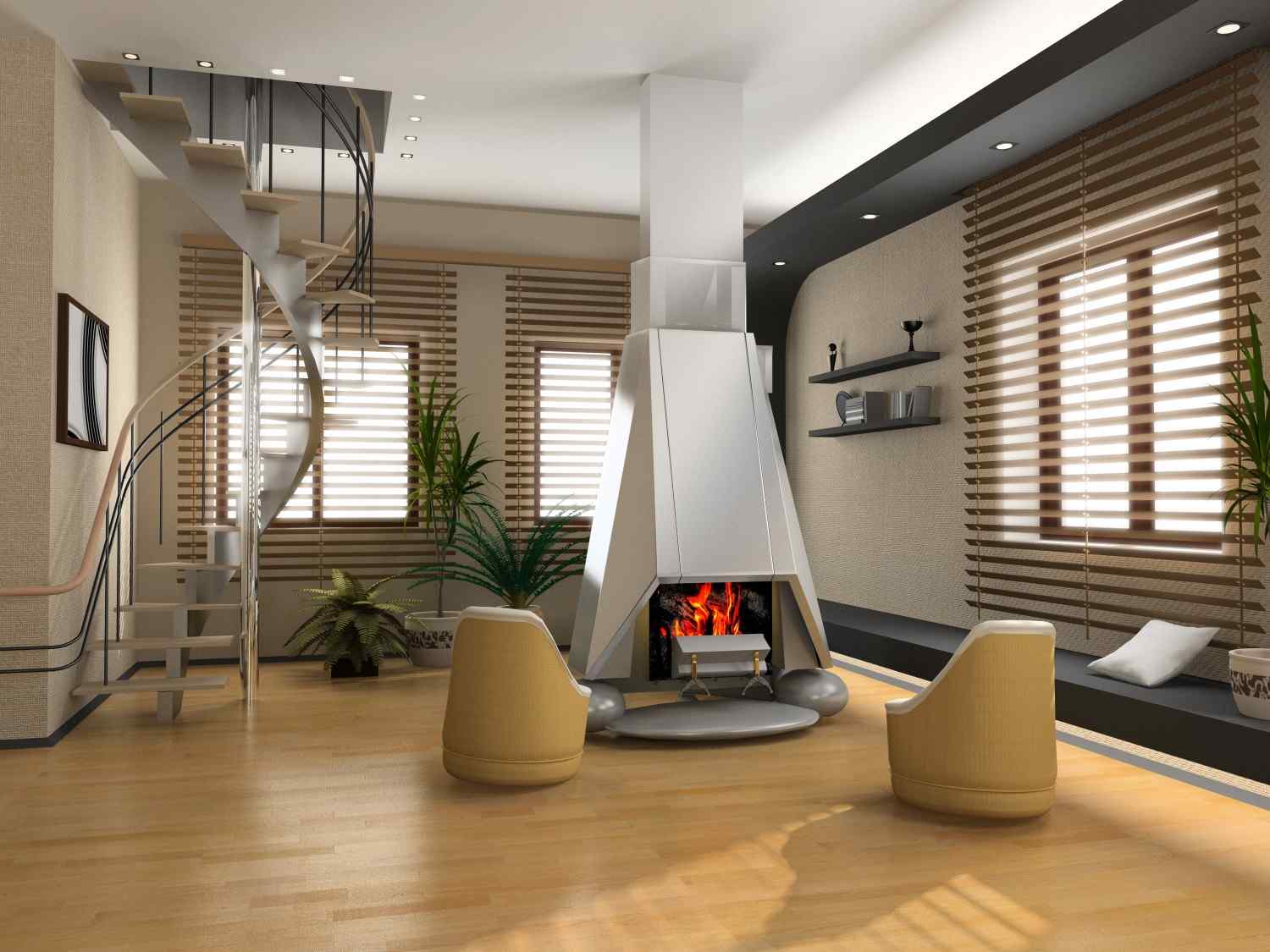
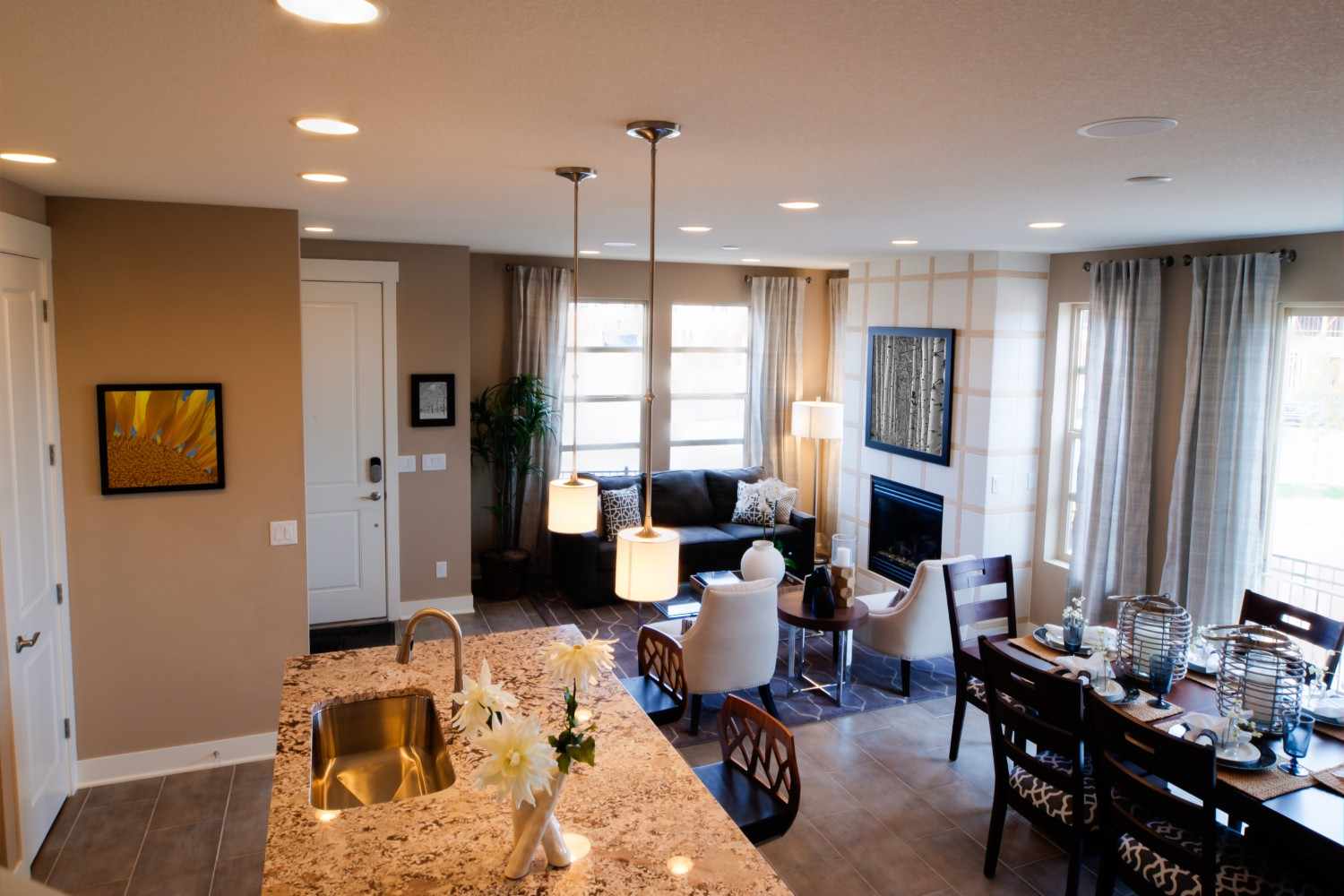
4. Lighting Design Makes a Massive Difference
Harsh ceiling lights could make a room feel cold and formal. Alternatively, soft, layered lights make a room feel warm and welcoming.
Try This:
- Use warm light bulbs (no longer white or blue ones).
- Add floor lamps, wall sconces, or below-shelf lighting.
Architects frequently plan for multiple light layers to provide people with control over the temper of a room.
5. Ceiling Height and Proportion
While high ceilings could make a space appear grand, they also can feel cold if not balanced nicely. Low- to medium-height ceilings typically feel cozier because they create the gap "closer" to you.
Try This:
- Use ceiling designs like wooden rafters or painted patterns to create warmth.
- Use pendant lighting or chandeliers to bring light to the room.
Smart architectural design makes certain ceiling heights the purpose of the room— at ease in bedrooms, spacious in living areas.
6. Flow and Privacy
Comfortable houses regularly have a natural flow between spaces; however, additionally, they provide privacy when wished. It’s not cozy when everything is on display or if the home feels too busy.
Try This:
- Place quiet zones like bedrooms far away from loud areas like kitchens.
- Use hallways or corners to give a sense of comfort and privacy.
Architects use these layout tricks to make spaces feel personal without feeling cut off.
Conclusion: Cozy homes are designed with feelings in mind
A cozy home doesn’t just take place with the aid of coincidence. Behind every warm and inviting space is an architectural plan that considers light, space, flow, materials, and comfort. Whether you are constructing a new home or updating your current one, remember—it’s now not just about how your home appears, but how it makes you feel.
In case you need to create a relaxed atmosphere, start by thinking about how your home is designed—now not just the way it’s decorated.
 logo.png)
